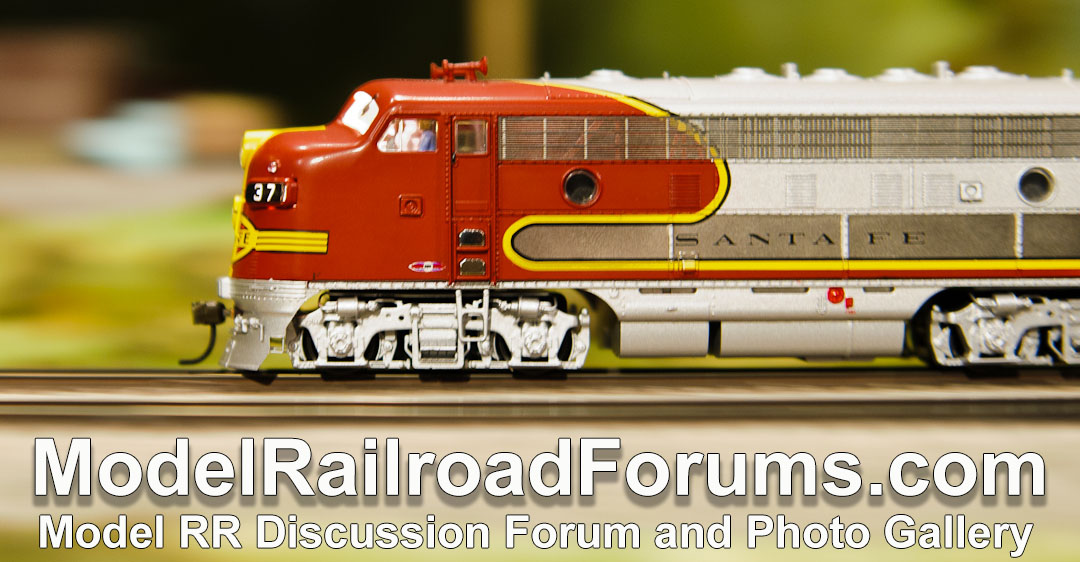Hey everyone. So my first time wiring DCC, I am modeling a freelance Industrial spur in Ho scale. layout is 20' long, 18" wide mostly. I will post a pic of my track plan if it lets me. the "mainline" will be code 83, all my sidings will be code 70. I have 1 run around track. to join the code 70 to code 83. I bought some 1 1/2" code 83 straight snap track. and filed the bottom on 1 end to fit inside code 70 joiners which works perfectly as far as alignment and all. easier than trying to solder the rail on top of the joiners.
So what I am wondering is do I need to run feeders to my industry spurs? I know the main and the run around siding needs it. but do my short spurs need them? do I need to add insolation blocks. I have 1 30° crossing that goes from the run around track across the main into a building. I plan on running a single engine to operate the layout. no more than 1 engine will be on the layout at a time. I will not be running double headers or having 1 spotted while using another. If I decide to add on the layout it may only be 8 foot along another wall but that may be a long way off. right now My priority is this 20' section.
I plan on making my turnouts manual but from undertable to make it invisable. However I may use ground throws, have not decided yet.
Also I have termanal rail joiners, homemade I had plan to use, as the wires are solder to the bottom of the joiners to hide the wires. should I use them? I have never soldered other than a handfull of times so Its a little intimadating for me. but I do plan on soldering the code 70 to 83 sectional joints.
If you can help me figure out my wireing. I know to run feeders every 6 feet for the main. but its the sidings and spurs Im unsure about if I do need fedders do I need insolators?
So what I am wondering is do I need to run feeders to my industry spurs? I know the main and the run around siding needs it. but do my short spurs need them? do I need to add insolation blocks. I have 1 30° crossing that goes from the run around track across the main into a building. I plan on running a single engine to operate the layout. no more than 1 engine will be on the layout at a time. I will not be running double headers or having 1 spotted while using another. If I decide to add on the layout it may only be 8 foot along another wall but that may be a long way off. right now My priority is this 20' section.
I plan on making my turnouts manual but from undertable to make it invisable. However I may use ground throws, have not decided yet.
Also I have termanal rail joiners, homemade I had plan to use, as the wires are solder to the bottom of the joiners to hide the wires. should I use them? I have never soldered other than a handfull of times so Its a little intimadating for me. but I do plan on soldering the code 70 to 83 sectional joints.
If you can help me figure out my wireing. I know to run feeders every 6 feet for the main. but its the sidings and spurs Im unsure about if I do need fedders do I need insolators?


